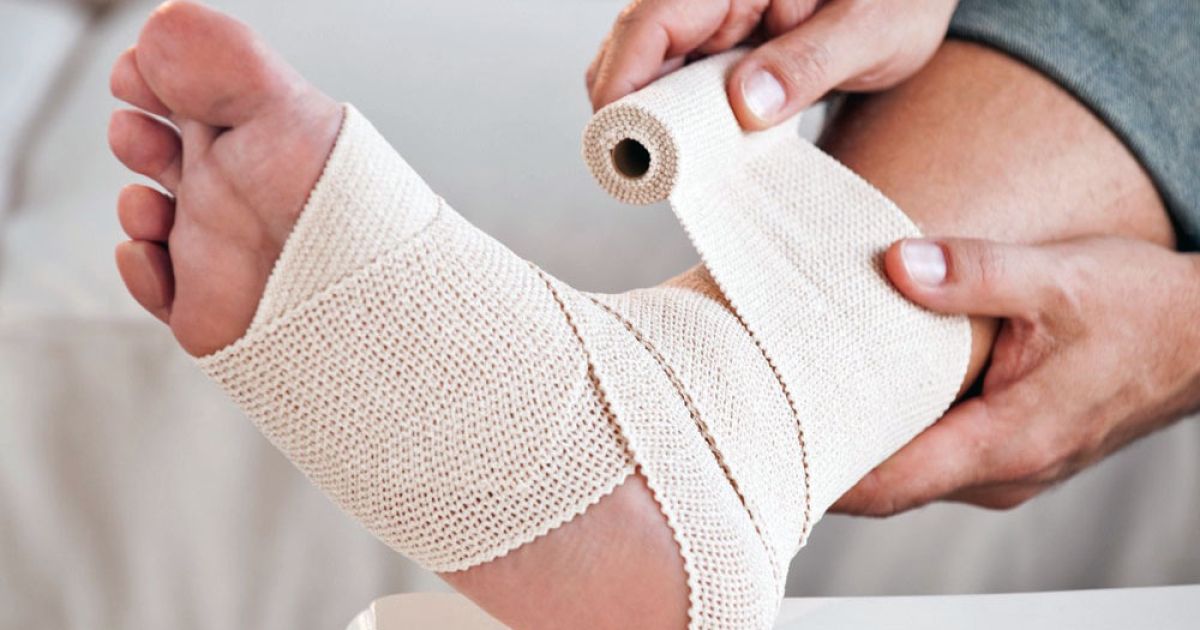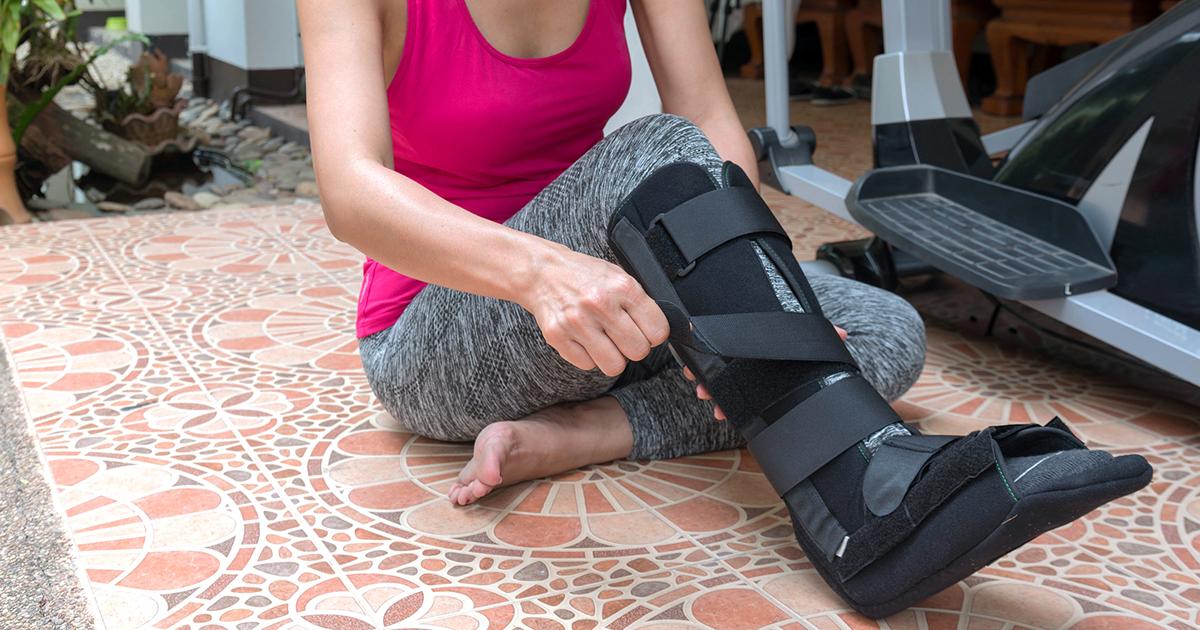Guide To Treating Diabetic Foot
Individuals with diabetes need to pay special attention to their feet. Since the feet are the furthest from the heart, it takes the most effort and time to supply them with blood. When dealing with diabetes, patients can suffer from peripheral arterial disease, which reduces the blood flow to the feet. Additionally, an individual with diabetes can suffer from nerve disease, reducing feeling and sensation in the feet. Given these serious issues, patients with diabetes should follow some guidelines when taking care of their feet and understand some of the procedures they may need to have done.
Wear Supportive Compression Socks

If a patient with diabetes wears supportive compression socks, they will increase blood flow to their feet. These kinds of socks compress the lower leg and force blood through the leg, reducing swelling and letting the patient help keep their legs and feet healthy. However, a patient needs to consult with their doctor to determine if compression socks are right for them. Patients with diabetes should use only a mild compression sock. There are compression socks on the market geared towards individuals with diabetes. For instance, they are seamless, so they will not rub against the skin causing skin irritation. They are moisture-wicking and breathable to keep the feet dry, but they are designed to keep the feet warm to enhance blood circulation. Additionally, these socks are usually padded to protect the feet from injury and fitted so loose fabric does not rub against the skin. These can be worn daily.
Keep reading to uncover another method of treating diabetic foot now.
Keep Wounds Clean

It is crucial to keep wounds clean and dry because individuals with diabetes typically heal slower than others, and keeping the wounds clean help facilitate healing. If the wound is not kept clean, it can become infected. Then, the infection can grow and begin destroying the surrounding areas. These infections can threaten the foot and leg, and if they are not taken care of, the infection can lead to amputation. However, even if the wound does not spread, it needs to be cleaned for however long it takes to heal. Non-healing wounds can lead to the need for surgical intervention or immobilization devices. These are serious situations, that if not successful in getting a wound under control, may lead to surgery and possibly amputation.
Keep reading for additional details on the ways in which diabetic foot can be effectively treated now.
Surgical Removal Of Decaying Tissue

If the feet become compromised with an infected wound, doctors may try to remove some of the decaying tissue. This is done to avoid amputating the toes, a foot, or even a leg. The doctor will try to remove the dead tissue and find the healthy tissue. Surgical removal of decaying tissue can be the result of an individual with diabetes not realizing they have a wound and the wound getting out of control and infected. Many times, this happens because the patient suffers from neuropathy, which is the deadening of the nerves and sensation in the foot. Therefore, if the individual develops a wound, they might not be able to feel it. If they do not feel it, they will not know when it gets infected. In addition to neuropathy, diabetes patients suffer from a slow down in the body releasing immune cells, meaning when bacteria colonize in the open wound, the body’s defenses that would normally get rid of them is ineffective and slow. All of this leads to dead tissue. The doctor’s primary goal is to remove all the dead cells and promote good blood flow that will help new, healthy tissue regrow and heal the wound.
Read more now for other strategies on treating diabetic foot.
Keep Feet Clean

A patient with diabetes needs to keep feet clean, as if their feet are dirty, they can breed bacteria. The bacteria will find any entry point to get into the skin in the feet, no matter how small it is. Clean feet will help eliminate harmful bacteria and reduce the chance of infection. If the diabetes patient has clean feet, they will be able to inspect them better and make sure there are no wounds requiring treatment. This is especially important if they have neuropathy because they might not feel a wound on their foot. But, if they are routinely cleaning them, they can see abrasions, treat them effectively, and keep a watchful eye on the wounds to ensure they are healing properly. Dirty feet can hide small wounds, which can allow bacteria to take hold and lead to many other complications. If the bacteria cause an infection, and it is not taken care of, many serious issues can happen, including surgery, or even amputation.
Get to know another option for treating diabetic foot now.
Use Immobilization Devices

If wounds are significant, doctors may recommend the use of immobilization devices, typically in the form of a boot. It allows the patient to take some of the pressure off the foot as they walk. This helps to heal and reduces the chance of infections. There are several kinds of devices available for individuals. There is a total contact cast, which cannot be removed, even for sleep and showering. Another device is called a tall removable cast, which goes to the knee, but it can be removed. There are additional options, such as the ankle high cast. By allowing the cast to be removed, the patient can see if there is any swelling or infections. The biggest problem with the removable devices is that the patients are not always compliant. Patients might think because they can remove it, the device is not really important, and they might not wear it. And, if they do not wear it, the wound will not heal properly, which can lead to many other problems.
